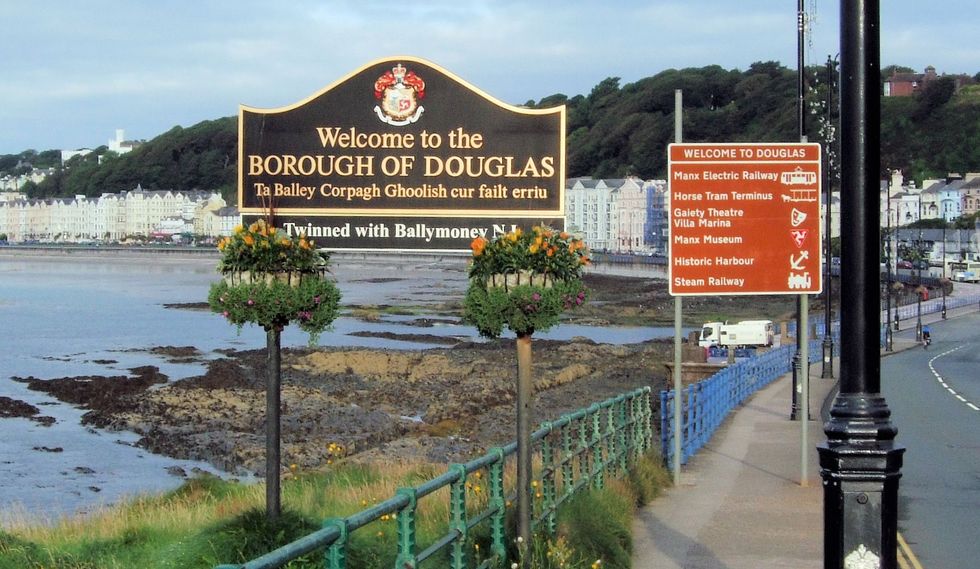For my Oral History class in Monmouth University, I decided to write a research paper about the interviews conducted of the Manx citizens who volunteered for the Manx Heritage Oral History Project. It would be interesting to share with an American audience the information about this unique place.
The Isle of Man is a small island that is 32 miles long and 14 miles wide. The name of the island, Man, was said to have come from the Celtic sea god, Manannan Mac Lir. It resides in the Irish Sea between the British Island and Ireland. It is not it's own country, rather it is a Crown Dependency of the United Kingdom.
As of July 2017, there are approximately 89,000 people. Two percent of the entire population has some knowledge of the indigenous Manx Gaelic language. It belongs to the Celtic language family alongside Irish Gaelic, Scottish Gaelic, Cornish, Breton, and Welsh.
The unique part of the Manx parliament, the Tynwald, is that it was originally of Norse origin, brought by the Vikings who settled there. It has three branches: the House of Keys, the Legislative Council, and the Tynwald Court. It is older than 1000 years and is the oldest unadjusted parliament in the world. Every July 5th, Tynwald Day is held at a four-tiered hill built by Norse settlers called Tynwald Hill.
The flag itself is unlike any other, as can be told from the headline picture. It was said to have been originated in 1270. Even the Manx national motto is meant to represent the three leg triskelion, which is the Latin phrase "Quocunque jeceris stabit," meaning, "wherever you throw, it will stand." This may reflect the Manx's own unique, self-reliant identity among the British isles.
I will end in the Manx Gaelic way: Gura mie ayd.
















